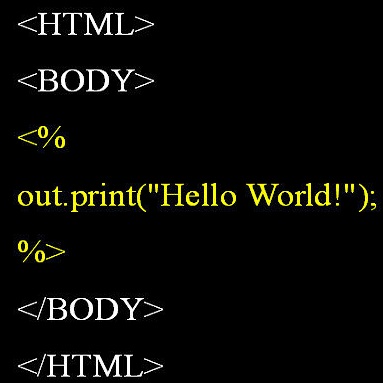Driving an automobile involves the tasks of observing surroundings, then making a driving decision based on these observations (steer, brake, coast, etc.). In autonomous driving, all these tasks have to be automated. Autonomous driving technology thus far has relied primarily on machine learning techniques. We argue that appropriate technology should be used for the appropriate task. That is, while machine learning technology is good for observing and automatically understanding the surroundings of an automobile, driving decisions are better automated via commonsense reasoning rather than machine learning. In this paper, we discuss (i) how commonsense reasoning can be automated using answer set programming (ASP) and the goal-directed s(CASP) ASP system, and (ii) develop the AUTO-DISCERN system using this technology for automating decision-making in driving. The goal of our research, described in this paper, is to develop an autonomous driving system that works by simulating the mind of a human driver. Since driving decisions are based on human-style reasoning, they are explainable, their ethics can be ensured, and they will always be correct, provided the system modeling and system inputs are correct.
翻译:驾驶汽车涉及观察周围环境的任务,然后根据这些观察结果(节奏、刹车、海岸等)做出驾驶决定。 在自主驾驶中,所有这些任务都必须自动化。迄今为止,自主驾驶技术主要依靠机器学习技术。我们认为,适当的技术应该用于适当的工作。也就是说,虽然机器学习技术对观察和自动了解汽车周围环境有好处,但驾驶决定通过常识推理而不是机器学习而更加自动化。在本文中,我们讨论了(一) 常识推理如何使用答案设定的编程(ASP)和目标导向的ASP系统实现自动化,以及(二) 开发AUTO-DISCERN系统,利用这种技术使驾驶决策自动化。本文描述的我们研究目标是开发一个自主驾驶系统,通过模拟人类驾驶者的心智来发挥作用。由于驾驶决定是以人式推理为基础,因此可以解释,其道德可以保证,而且只要系统建模和系统输入正确,它们将始终正确。




